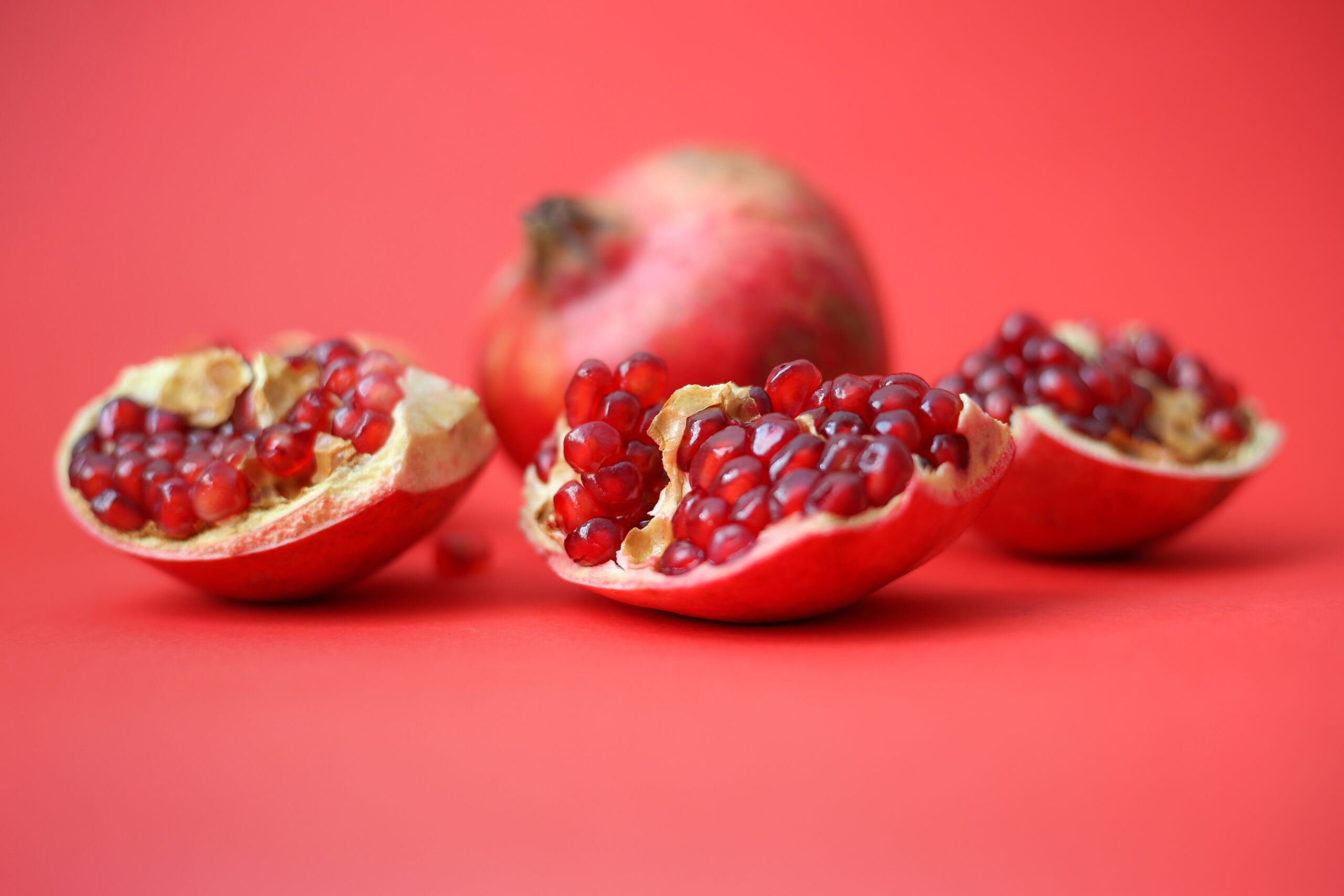Nutritionists come in all stripes and colours. I’m of the type that typically thrives on variety, yet I am so in love with my current breakfast that I don’t have any plans to change it in the foreseeable future because it tastes good and satisfies me for hours. So, what is it? Right now it’s a porridge that contains these ingredients:
Buckwheat groats: Contrary to common belief, buckwheat is not a wheat at all–it’s a gluten-free, pseudo-grain (like quinoa). You may have heard of the roasted variety, which Eastern Europeans call ‘kasha’. My product of choice right now is Bob’s Red Mill Organic Creamy Buckwheat. The ingredients? Buckwheat. That’s it. On the stovetop, Creamy Buckwheat takes about 8 minutes to cook into a porridge once hot water is added.
So what’s hot about buckwheat? You ask. Buckwheat has a low to medium glycemic index, meaning it doesn’t spike blood sugar levels. It also has a higher mineral content than rice, oats and wheat. It is the highest food source of d-chiro-inositol—an activated version of the B vitamin inositol–which has been shown to support healthy ovarian function in women with polycystic ovarian syndrome (PCOS–a condition I thankfully don’t have myself).
Pomegranate arils: These are the flesh, the seeds from the pomegranate. Although you can purchase ready-to-serve containers of arils from POM in many grocery stores, I prefer to ‘harvest’ my own from an actual whole pomegranate to get the freshest, juiciest arils. Pomegranate seeds are high in fiber, and the pigment in their flesh contains antioxidants called anthocyanins, which are associated with a lower incidence of certain cancers in population studies who eat a lot of pomegranates.
Nuts: Here’s the protein in my breakfast. After the creamy buckwheat is cooked, I add in walnuts, pecans or cashews. These nuts contain fiber, some omega-3 fatty acids, magnesium and zinc.
Plain yogurt: I’m okay with quality dairy products personally, but if you aren’t, then consider using fortified oat beverage as an alternative. I use only the yogurt with the shortest ingredient lists. In Ontario, we are lucky to have Pinehedge Farms Organic and Saugeen Country Organic yogurts available to us. These companies produce yogurt the way it used to be made before Big Food got their hands on it. The ingredients: milk and bacterial culture. There are no gums, milk powder or other additives. The result of all those lactic-acid producing probiotics living within real yogurt give it that lovely sour taste (which I love!).
Sweetener: Most days, I simply add 2 dashes of stevia extract, but you can use monk fruit instead. Both of these sweeteners are derived from plants yet they have no carbohydrate value, so they don’t increase insulin or blood glucose levels. This makes them a great choice for diabetics. If you really don’t like the taste of these non-sugar sweeteners, consider using a small amount of unpasteurized honey or local maple syrup, if it’s available in your area.
Salt: Pink Himalayan salt is the final ingredient in my breakfast porridge. Why? Because it’s a source of trace minerals, as well as nutritionally-essential sodium. Plus, salt is a terrific flavour-enhancer! If you don’t believe it, try it and taste for yourself how much better your cereal can be. You don’t need a lot; add a couple of shakes, stir and then salt to your preferred taste.
That’s it! It isn’t fancy, or even worthy of a photo…because I care more about nutrition and flavour than I do about how my food looks. Ready to give it a try?
